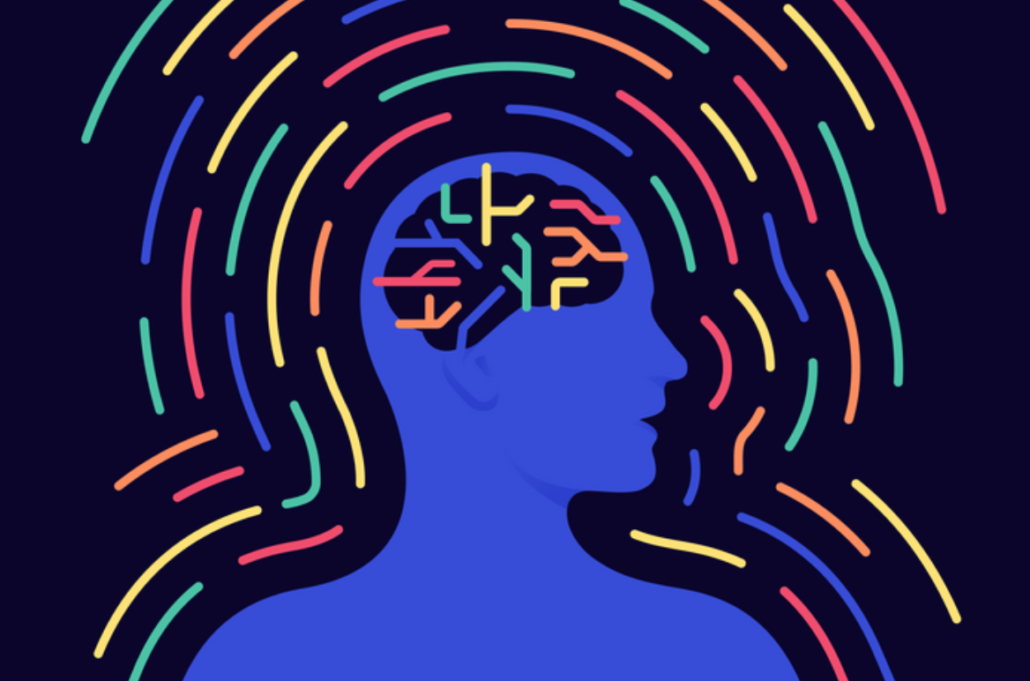Study suggests mind-body connection is built into the brain
Mind-body connection: A new study from researchers at Washington University School of Medicine in St. Louis suggests that the link between body and mind is not just an abstraction.
The study published April 19 in the journal Nature [1] shows that the areas of the brain that control movement are connected to networks that are involved in thinking, planning, and control of involuntary bodily functions such as blood pressure and heartbeat. The study could explain phenomena such as why anxiety makes some people want to pace back and forth, why stimulating the vagus nerve may alleviate depression, and why people who exercise regularly report a more positive outlook on life.
A new study by researchers at Washington University School of Medicine in St. Louis reveals that a connection between the body and mind is built into the structure of the brain. The study shows that parts of the brain area that controls movement are plugged into networks involved in thinking and planning, and in control of involuntary bodily functions such as blood pressure and heart rate.
Photo Credit
Sara Moser/Washington University
Evan M. Gordon, PhD, an assistant professor of radiology at the School of Medicine’s Mallinckrodt Institute of Radiology, and Nico Dosenbach, MD, PhD, an associate professor of neurology, did not set out to answer age-old philosophical questions about the relationship between the body and the mind. They set out to verify the long-established map of the areas of the brain that control movement, using modern brain-imaging techniques. In the 1930s, neurosurgeon Wilder Penfield, MD, mapped such motor areas of the brain by applying small jolts of electricity to the exposed brains of people undergoing brain surgery and noting their responses.
Gordon, Dosenbach, and colleagues set about replicating Penfield’s work with functional magnetic resonance imaging (fMRI). They recruited seven healthy adults to undergo hours of fMRI brain scanning while resting or performing tasks. From this high-density dataset, they built individualized brain maps for each participant. Then, they validated their results using three large, publicly available fMRI datasets — the Human Connectome Project, the Adolescent Brain Cognitive Development Study, and the UK Biobank — which together contain brain scans from about 50,000 people.
The researchers discovered that Penfield’s map wasn’t entirely accurate. Control of the feet was in the spot Penfield had identified. Same for the hands and the face. But interspersed with those three key areas were another three areas that did not seem to be directly involved in movement at all, even though they lay in the brain’s motor area. Moreover, the non-movement areas appeared thinner and were strongly connected to each other and to other parts of the brain involved in thinking, planning, mental arousal, pain, and control of internal organs and functions such as blood pressure and heart rate.
Further imaging experiments showed that while the non-movement areas did not become active during movement, they did become active when the person thought about moving. “All of these connections make sense if you think about what the brain is really for,” Dosenbach said. “The brain is for successfully behaving in the environment so you can achieve your goals without hurting or killing yourself. You move your body for a reason. Of course, the motor areas must be connected to executive function and control of basic bodily processes, like blood pressure and pain. Pain is the most powerful feedback, right? You do something, and it hurts, and you think, ‘I’m not doing that again.’”
“Penfield was brilliant, and his ideas have been dominant for 90 years, and it created a blind spot in the field,” said Dosenbach, who is also an associate professor of biomedical engineering, of pediatrics, of occupational therapy, of radiology, and of psychological & brain sciences. “Once we started looking for it, we found lots of published data that didn’t quite jibe with his ideas, and alternative interpretations that had been ignored. We pulled together a lot of different data in addition to our own observations, and zoomed out and synthesized it, and came up with a new way of thinking about how the body and the mind are tied together.”
The newly identified network is called the Somato (body)-Cognitive (mind) Action Network, or SCAN. To understand how the network developed and evolved, they scanned the brains of a newborn, a 1-year-old, and a 9-year-old. They also analyzed data that had been previously collected on nine monkeys. The network was not detectable in the newborn, but it was evident in the 1-year-old and nearly adult-like in the 9-year-old. The monkeys had a smaller, more rudimentary system without the extensive connections seen in humans.
The findings could help explain why calming the body can calm the mind and why practices such as meditation can be helpful for people with anxiety or stress.
Reference:
- Gordon, E.M., Chauvin, R.J., Van, A.N. et al. A somato-cognitive action network alternates with effector regions in motor cortex. Nature (2023).
https://doi.org/10.1038/s41586-023-05964-2


